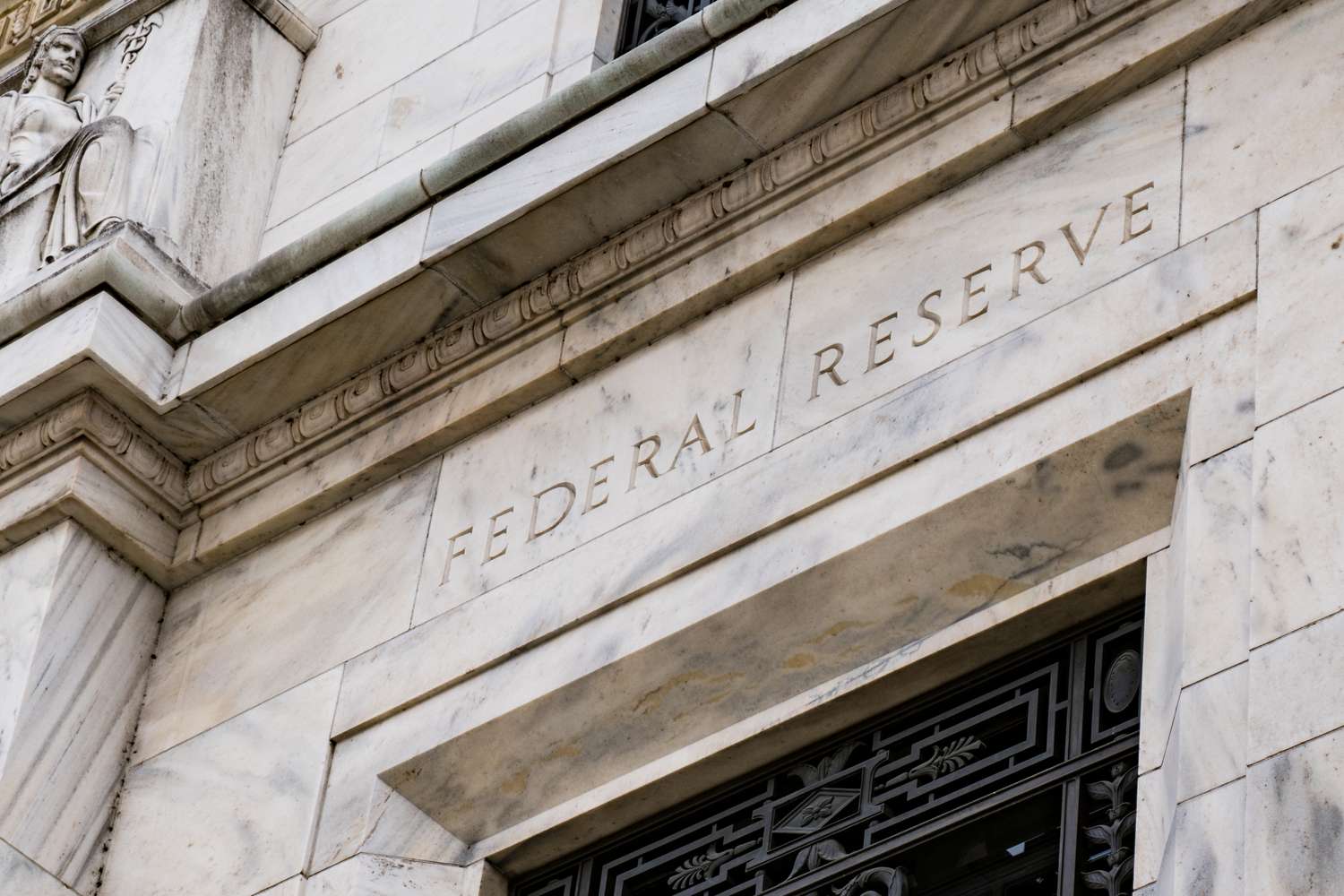The Federal Reserve’s recent 50 basis point rate cut has triggered significant reactions across financial markets, including the U.S. dollar. As the central bank eases monetary policy, investors and savers alike are closely watching how these changes affect their financial strategies, particularly in savings accounts, CDs, and debt management. Beyond the direct implications for consumers, these moves are also reshaping the broader U.S. dollar market.

Lee Baker, a certified financial planner and founder of Claris Financial Advisors, provides key insights on how the Fed’s actions are influencing savers and the currency markets alike.
The U.S. dollar tends to weaken during periods of monetary easing as lower interest rates reduce the returns on dollar-denominated assets, making the currency less attractive to investors. As Baker points out, rate cuts have two major effects: they reduce the earnings on savings accounts and lower borrowing costs. While this may be beneficial for consumers looking to manage debt, it simultaneously puts downward pressure on the dollar.
“The rate cuts mean you’re going to be earning less on your savings, but on the flip side, debt payments may become more manageable as interest rates on loans decrease,” says Baker. This dual effect is crucial for consumers, but it also plays into the larger picture of how the dollar performs in global markets.
With lower returns on savings and bonds, foreign investors may start to move capital away from the U.S. in search of higher yields elsewhere. This shift can lead to a weakening of the U.S. dollar, as demand for the currency declines relative to others, particularly in periods where other central banks, like the European Central Bank or the Bank of Japan, are maintaining higher rates.

Long-Term Impact on Dollar Value and Inflation
The prospect of further rate cuts is already influencing expectations for the U.S. dollar’s performance in the coming months. Baker anticipates a series of smaller 25 basis point cuts over the next 12 to 15 months, a forecast aligned with market expectations. While this gradual reduction may help stabilize the economy by reducing the cost of borrowing, it also signals continued softness in the dollar, which could extend over the longer term.
Note: Forexschoolonline.com is not a financial advisor. Do your research before investing your funds in any financial asset or presented product or event. We are not responsible for your investing results


Leave a Reply